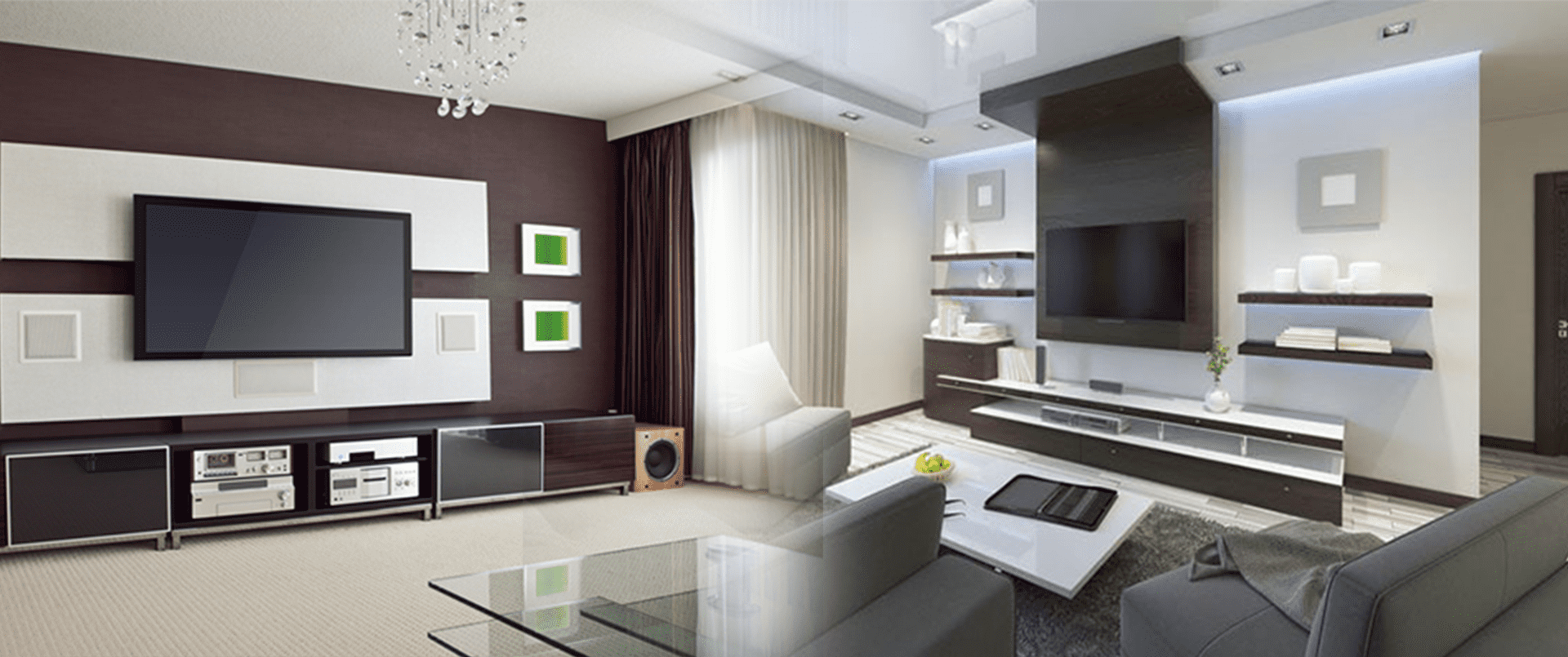
professional sound system installation for venues of all sizes, whether large or small. We supply and install complete audio systems, providing tie lines, installed speaker cabling, and patch panels to facilitate connection to speakers, amplifiers, processors, mixers, and audio sources. Our sound solutions are bespoken to your needs and facilities, and our expert team will guide you through consultation on the design and installation of your system.
Installing a sound system involves setting up the necessary equipment and components to deliver high-quality audio in a specific environment. Here’s a general outline of the installation process for a sound system:
It’s important to note that the complexity of sound system installation can vary depending on the size and requirements of the venue. For more complex installations or if you’re not familiar with audio systems, it’s recommended to consult with professional sound system installers who can provide expertise and ensure optimal performance.